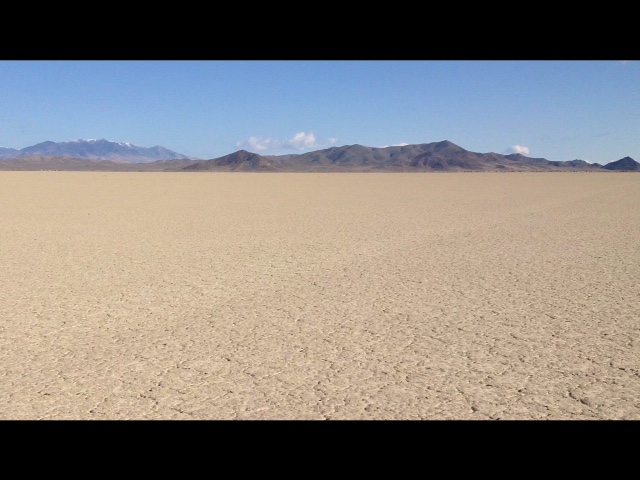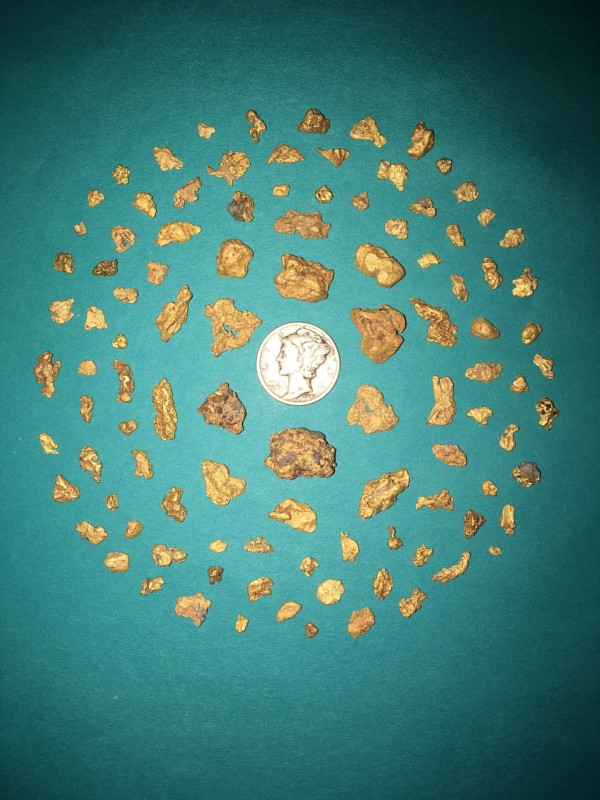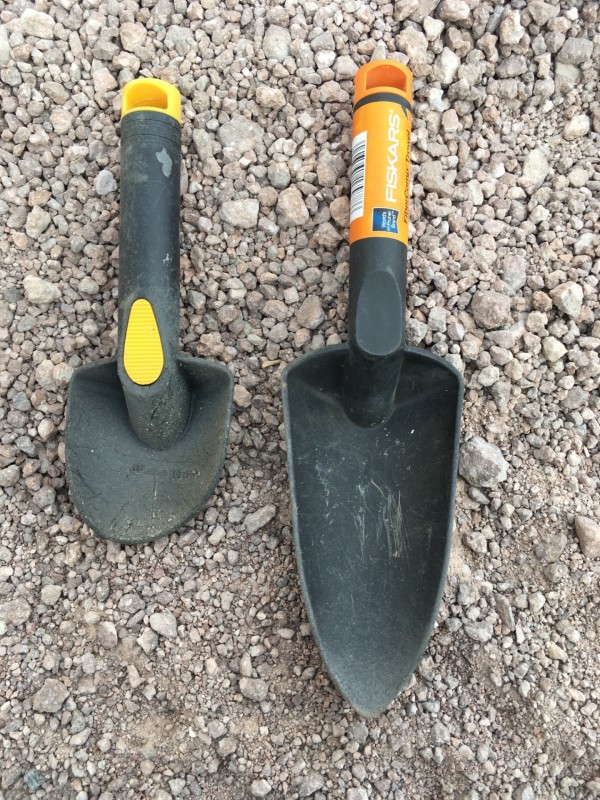-
Posts
1,184 -
Joined
-
Last visited
-
Days Won
34
Content Type
Forums
Detector Prospector Home
Detector Database
Downloads
Posts posted by Lunk
-
-
Congrats on a great find!
-
Good to see you out in the goldfields again, amigo! Glad you scored some of the good stuff during your whirlwind prospecting trip.
-
 1
1
-
-
WTG oneguy, there’s nothing like breaking a winter-long case of gold fever.
-
 1
1
-
-
Congrats on your quick success with the Nox!
-
On 4/3/2021 at 8:23 AM, bklein said:
Also, if you set FE for instance, and get out of special settings mode, the FE setting takes precedence over FE2? It’s not like you have to worry how both are set, just the last set one?
That is correct. From the manual: “The Iron Bias FE and Iron Bias F2 settings profiles are independent. When Iron Bias FE is selected, the Iron Bias F2 setting has no effect, and vice versa.”
-
 1
1
-
-
Regarding GPX 6000 screen, body and arm cuff covers, over a month and a half ago, the ML rep told me that Doc was already working on them, so no worries.
-
 1
1
-
 1
1
-
-
6 hours ago, jasong said:
I duuuuuunno about that one Lunk.

108 grams of gold to pay the 6000 off in nuggets the GPZ misses? What are we talking, mostly dinkster 0.10 grams or under then? That's 1080 nuggets. Most prospectors I've met haven't found that many nuggets of all sizes combined in their whole lives. I only find maybe 150-300 (of all weights total) a year myself and I'm usually at the upper end or top of the scale compared to anyone I meet and talk with who isn't working heavy equipment.
Realistically, there are only a small handful of people with exclusive access/location knowledge who will be making the 6000 pay for itself specifically in finds the GPZ missed. In the USA anyways. Unless the 6000 does some serious magic in the salt and other bad ground, which is the thing we still have zero quantitative information on, frustratingly.
That's certainly a realistic appraisal, Jason. But I like an unrealistic challenge...🙂
-
 1
1
-
 1
1
-
-
$6000 worth of gold, spread out over the next 6 years, is just over a half-ounce of gold per year missed by the previous technology (at today’s spot price). That's doable .
-
 8
8
-
 1
1
-
-
Nice looking bird, Klunker, but I speak for many who want to see a picture of the golden scheisse being panned!
-
 1
1
-
 8
8
-
-
Sounds like she's a very special canine, GotAU?! Nice photoshop job, btw.
-
 1
1
-
 1
1
-
-
5 hours ago, Steve Herschbach said:
Very little new being said here.
Agreed, Steve, but there is one nugget of information that confirmed what I suspected about how this detector operates. In the video at time index 7:04, Debbie states that settings that were user adjustable on the GPX 5000 are being adjusted continuously and automatically behind the scenes on the GPX 6000.
-
 3
3
-
-
Try the Commander 11” DD coil with the Coil/RX switch set to Mono, in conjunction with the Fine Gold timing; you will effectively have an 11” x 6” pseudo-monoloop, where the left half of the coil is hot, and will be even more sensitive than the Commander 11” mono or the 12” x 8” Goldstalker, with the added benefit of being able to handle mineralized ground better than a straight mono coil. Better yet, try it with a Commander 10” x 5” DD coil.
-
 6
6
-
-
I believe Jim Straight called that style of detector prospecting, “hit and miss”. Good shooting, guys.
-
 1
1
-
-
Ace! Proof that the older models can still hold their own.
-
 3
3
-
-
9 hours ago, Gerry in Idaho said:
Just goes to show how much gold is still out there to be found. How many years have you been going down there to those same spots and still finding gold?
Looks like you are heading home with another stash of golden cash or is this batch For Sale?
Thanks for sharing.
Gerry, it's been so many years that I've lost track; suffice it to say that it’s been a few... 🤣 This golden batch is going to be transmuted into a new GPX 6000...just waiting for it to hatch.
-
 2
2
-
-
10 hours ago, Arky said:
Nice to know persistence might pay off!
There's no might about it, Arky; persistence does pay off. Keep after it, and the nuggets will show up. 🙂
-
 2
2
-
 1
1
-
-
- Popular Post
- Popular Post
Just the other day, I reached my goal of digging 100 Arizona gold nuggets with the GPZ 7000 this winter. Nothing of much size - the largest weighing in at only 5 grams - but even the tiniest bits are a thrill to find. As usual, I was targeting well known and flogged placer areas, working in and around the old dry-blow diggings. All up, 1.78 ounces troy. It will be interesting to see how much the GPX 6000 increases the number of nuggets found in this size range next season...only time will tell.
Good luck out there!
-
 36
36
-
 1
1
-
 1
1
-
Thanks for your explanation MSC, that is very interesting. The highest priced Gold Basin stone currently advertised on the Aerolite site is $2.50 per gram, so just a guess, but I'm thinking that perhaps the specimen that you saw may have been one that was found during the filming of the Gold Basin episode of the Meteorite Men TV show, which would make it extremely collectible; I can't think of another reason why a Gold Basin stone would be so phenomenally high priced. 🤔
-
Bottom pic - his coil cover is so shiny, with no scratches to be seen; he must be a high-looper.
-
 2
2
-
-
3 hours ago, MSC said:
That price is very low, my Gold Basin meteorite is going for $34 per gram, much more common one.
You must have an exceptional specimen to be priced that high. A quick internet search of reputable dealers reveals the going rate on high quality Gold Basin individuals is averaging $1.49 to $2.10 per gram, USD.
-
 3
3
-
-
1 hour ago, Gerry in Idaho said:
That's certainly a wall hanger next to a pic of Smokey and Neverquit.Gerry, I'm certain I was using that scoop when they were still with us.
-
 1
1
-
-
- Popular Post
- Popular Post
-
10 hours ago, GB_Amateur said:
They didn't mention the moon but I wonder if that environment (and lower gravitational potential) would be more conducive for these types of meteorites to have survived.
If you think about it, the moon is actually less hospitable to the survival of impactors than the earth is. Since the moon has no atmosphere, there is no mechanism to slow or stop a meteoroid from slamming into the moon at cosmic velocity, which can be as high as 160,000 mph. At this velocity, a meteoroid with a mass of only 1 kilogram (2.2 lbs) would have the kinetic energy equivalent of over a half a ton of TNT; more than enough to pulverize, if not vaporize, the object on impact. Besides, even if it were to survive, it would be unrecognizable as a meteorite, since no atmosphere means no ablation and therefore no fusion crust, regmaglypts or flow features of any kind. But I would still like to metal detect on the moon, because you know there has to be gold and other metals up there!😁
Here's a cool little article on meteorite formation, from the American Meteor Society website:
Meteoroids enter the earth’s atmosphere at very high speeds, ranging from 11 km/sec to 72 km/sec (25,000 mph to 160,000 mph). However, similar to firing a bullet into water, the meteoroid will rapidly decelerate as it penetrates into increasingly denser portions of the atmosphere. This is especially true in the lower layers, since 90 % of the earth’s atmospheric mass lies below 12 km (7 miles / 39,000 ft) of height.
At the same time, the meteoroid will also rapidly lose mass due to ablation. In this process, the outer layer of the meteoroid is continuously vaporized and stripped away due to high speed collision with air molecules. Particles from dust size to a few kilograms mass are usually completely consumed in the atmosphere.
Due to atmospheric drag, most meteorites, ranging from a few kilograms up to about 8 tons (7,000 kg), will lose all of their cosmic velocity while still several miles up. At that point, called the retardation point, the meteorite begins to accelerate again, under the influence of the Earth’s gravity, at the familiar 9.8 meters per second squared. The meteorite then quickly reaches its terminal velocity of 200 to 400 miles per hour (90 to 180 meters per second). The terminal velocity occurs at the point where the acceleration due to gravity is exactly offset by the deceleration due to atmospheric drag.
Meteoroids of more than about 10 tons (9,000 kg) will retain a portion of their original speed, or cosmic velocity, all the way to the surface. A 10-ton meteroid entering the Earth’s atmosphere perpendicular to the surface will retain about 6% of its cosmic velocity on arrival at the surface. For example, if the meteoroid started at 25 miles per second (40 km/s) it would (if it survived its atmospheric passage intact) arrive at the surface still moving at 1.5 miles per second (2.4 km/s), packing (after considerable mass loss due to ablation) some 13 gigajoules of kinetic energy.
On the very large end of the scale, a meteoroid of 1000 tons (9 x 10^5 kg) would retain about 70% of its cosmic velocity, and bodies of over 100,000 tons or so will cut through the atmosphere as if it were not even there. Luckily, such events are extraordinarily rare.
All this speed in atmospheric flight puts great pressure on the body of a meteoroid. Larger meteoroids, particularly the stone variety, tend to break up between 7 and 17 miles (11 to 27 km) above the surface due to the forces induced by atmospheric drag, and perhaps also due to thermal stress. A meteoroid which disintegrates tends to immediately lose the balance of its cosmic velocity because of the lessened momentum of the remaining fragments. The fragments then fall on ballistic paths, arcing steeply toward the earth. The fragments will strike the earth in a roughly elliptical pattern (called a distribution, or dispersion ellipse) a few miles long, with the major axis of the ellipse being oriented in the same direction as the original track of the meteoroid. The larger fragments, because of their greater momentum, tend to impact further down the ellipse than the smaller ones. These types of falls account for the “showers of stones” that have been occasionally recorded in history. Additionally, if one meteorite is found in a particular area, the chances are favorable for there being others as well.
-
 2
2
-
-
- Popular Post
- Popular Post
Great post, Chris. I would like to add that different coil configurations can have their own unique method used to pinpoint a target with. There are three main coil configurations that we electronic prospectors are familiar with, the first and perhaps most widely used being the mono coil, with which Chris' pinpointing method works very well, especially on deeply buried targets. However, on shallow targets, the hot spot on mono coils moves towards the outer edge of the coil as the coil gets closer to the target, so that tipping the coil vertically and using just the edge can quickly pinpoint a shallow target with great accuracy. This method also applies with the DOD coil of the GPZ 7000; deep targets pinpoint in the center of the coil, while shallow targets can be easily pinpointed with the coils edge. The third coil configuration is the traditional double D, on which targets, both deep and shallow, hit on the center line from the front edge of the coil to the back edge. The pinpointing method here is called the “wiggle-back”...simply swing the coil repeatedly over the target using a very narrow swing of only a couple of inches, while slowly moving the coil towards your feet until the target response disappears; at this point, the target is located just off the front tip of the coil.
-
 12
12





Closing Out The Season In Sunny Yuma
in Detector Prospector Forum
Posted
Good finish to a good season!